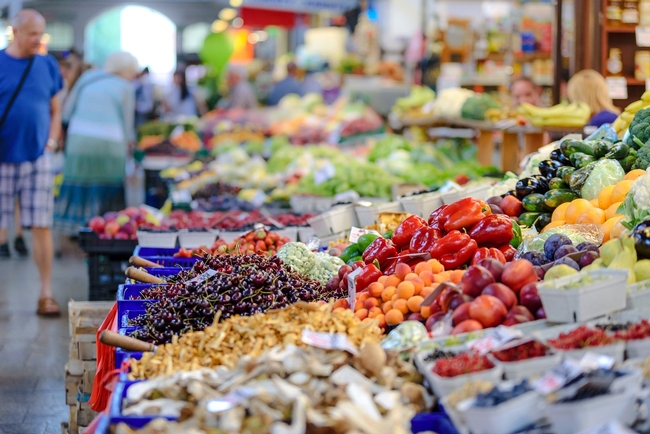Panic-buying groceries and hoarding food in homes is impacting the U.S. supply chain and putting a strain on low-income families who don't have the financial ability to spend hundreds of dollars on groceries at once, reported Ganda Suthivarakom in the New York Times.
“That is probably about half of us, especially during this time when many of us are not working or can't work, with limited incomes or no incomes coming in,” said Lorrene Ritchie, director of the UC Agriculture and Natural Resources' Nutrition Policy Institute. “The last thing a family in that situation can do is go out and spend $500 on groceries.”
The Times article suggests consumers think about others when they shop, use food they already have in their freezers and pantries, and help people who can't afford to stockpile.
“The food banks, your local food pantry, are experiencing shortages of people to work and put packages of food together. Often that can happen in a safe way with social distancing,” Ritchie said.
If some grocery store shelves are empty, it doesn't mean the U.S. food supply is endangered, reported Ezra David Romero on the Capitol Public Radio website.
“Agriculture is resilient to shocks,” said Dan Sumner, director of the UC Agricultural Issues Center, a UC ANR program. “Consumers can be confident that the food is safe and plentiful. That doesn't mean every product is going to be there all the time.”
But as the pandemic lingers, some products could be harder to find if they're from a part of the world hard hit by COVID-19, Sumner said. As demand is down for certain goods, it could mean “somewhat lower prices. But I expect it will be relatively modest for food. What I mean by that is we're going to continue to eat.”
The article recommends against hoarding and assures that there will be a sufficient supply of food in stores and restaurants.
“You don't need to over buy; it's important to know that our supply chain is safe and plentiful,” said Ron Fong, with the California Grocers Association.
Romero also spoke with UC Cooperative Extension field crops and pest management advisor Rachael Long. She said it's fairly easy for farmers and workers to follow social distance rules, in part because of mechanization.
“You've got a ton of equipment, so it's not like there's a ton of people out there working together on growing the crops,” Long said. “You've got tractors and cultivators that are doing a lot of this work right now.”
